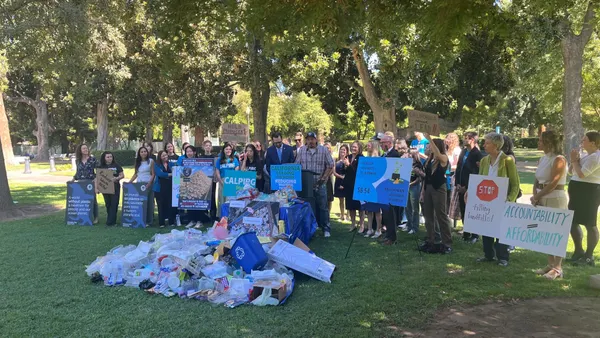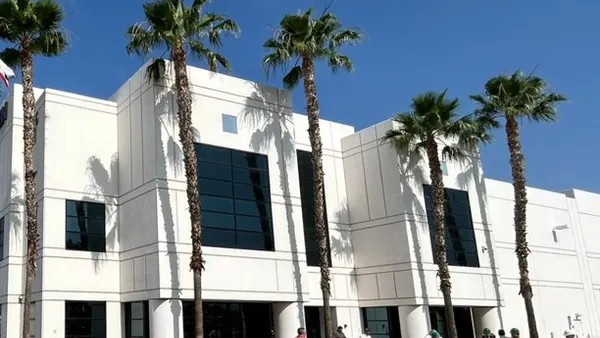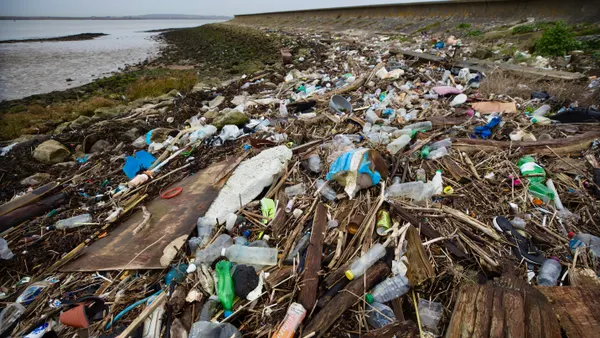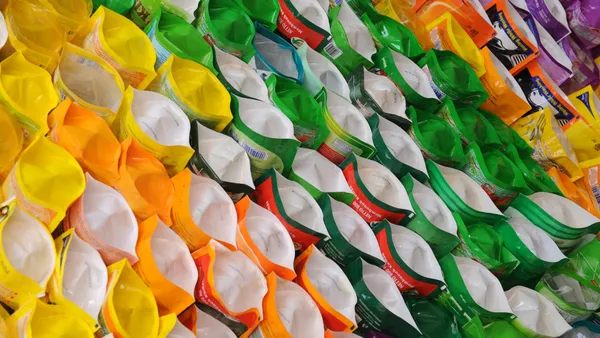Dive Brief:
- The Environmental Research & Education Foundation (EREF) recently released a report that takes a detailed look at the 9,028 municipal solid waste management facilities active in the U.S. during 2013. This is a direct companion to EREF's Municipal Solid Waste Management in the U.S.: 2010 & 2013 report released last year.
- According to EREF's research, these 9,028 facilities included 1,540 landfills and 81 waste-to-energy combustion facilities. This also included 3,913 recycling facilities — of which 799 were identified specifically as material recovery facilities — and 3,494 composting facilities.
- EREF's report also includes specific information about each facility's location, ownership and accepted materials. This was compiled by at least a dozen people over the course of multiple years, with comparison against similar reports and direct verification with facilities.
Dive Insight:
EREF's previous report estimating that the U.S. generated 347 millions tons of MSW in 2013 sparked a lot of conversation at the time. Because of the bottom-up methodology used, rather than a top-down modeling approach, the figure was significantly higher than the EPA's own estimate of 254 million tons for the same year. At the time, the agency told Waste Dive it made continuous efforts to review its methodology and was engaged in a pilot with a regional EPA office to standardize data collection. Other sources have also calculated or projected different MSW tonnage figures, showing the lack of uniform data on the topic. EREF is the only organization to take such a methodical approach across multiple facility categories in recent years, in part because it's so time-consuming.
“Now that the monumental effort of the tonnage report was complete last year, it made sense as a next step to provide this database as a resource for others," said Debra Kantner, data and policy program manager at EREF, of the new release.
Kantner and the EREF team did identify some basic trends — such as the fact that the majority of landfills are publicly owned, but the majority of tonnage is handled at large privately owned sites — and they have only begun to fully utilize the data. A priority moving forward is to look at how tip fees affect disposal trends. In the future, this database of facilities could also be analyzed to spot gaps in regional processing and disposal infrastructure.
While the U.S. as a whole has many years of available disposal capacity left, that isn't the case for certain states. Balancing those needs with the growing interest in domestic processing infrastructure for recyclables and organic material will require a thorough understanding of the big picture. As highlighted in BioCycle's new compost facility survey, the lack of uniform data or data collection of any kind in some states makes such work challenging. That makes the ongoing need to inform the industry during such a transitional time especially important.










